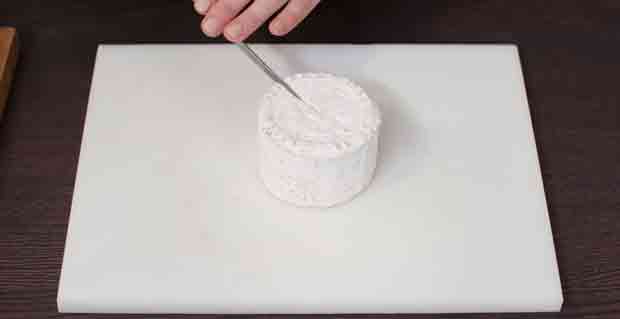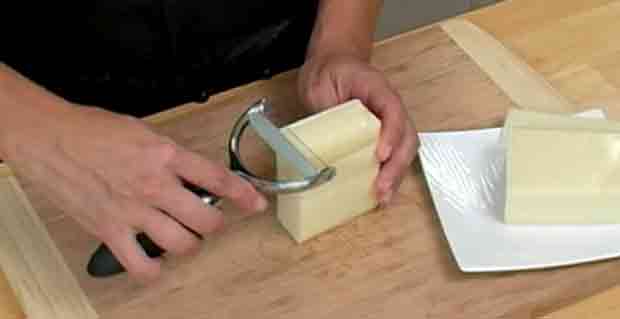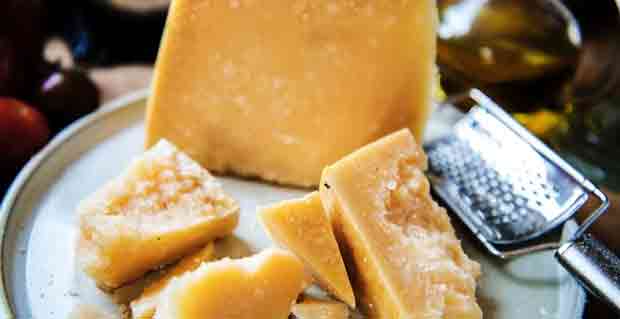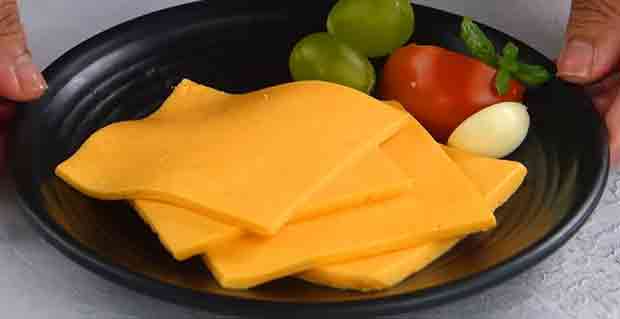You’ll often see a cheese platter at a fancy dinner party or at a fine dining restaurant. The cheese plates are often lined with many types of cheeses that vary in terms of flavor and texture. Some cheese plates also include crackers, slices of crusty bread, and even fruits.
Many people assume that preparing a cheese platter takes minimal effort. After all, you’re just slicing up different types of cheese and placing them on a platter. What’s so hard about that?
Here’s the thing though: Slicing cheese is not as simple as it looks. If you want to learn how to cut cheese, you need to devote a significant amount of your time and your energy to it.

Slicing cheese correctly involves taking into account the amount of the rind you’re including in every wedge as well as the size of the wedge itself. Preparing cheese for the platter is an art form and you need to remember the right tips and have the right tools on hand to do it properly.
4 Awesome Tips: How to Cut Cheese?
Tip 1: The Basics of Slicing Cheese Properly

One of the most important things you have to do before you even start slicing cheese is to have different kinds of knives within reach. The flavor of Parmesan is different from Camembert and Pecorino Romano is another entity unto itself. Now, if you use the same knife to slice all those cheeses, then you risk mixing their flavors in an unpleasant way.
The cheese platter is meant to showcase the different kinds of cheese, so allow them to stand on their own by using separate knives.
You also have to be careful not to ruin the texture of the cheese when you are cutting it. There are types of cheese that are delectable due in part to their texture. It’s easy to ruin that by being too rough with your cuts, so remember to be delicate instead. Plus, being more careful when you slice the cheeses will also help you put together a more beautiful platter.
Now, let’s discuss which knives go best with which cheeses.
Wire Slicers are for the Softest and Hardest Cheeses

If you are working with particularly soft or hard cheeses, it’s not a bad idea to use a wire slicer on them.
Open-Surface Knives are for Crumbly Cheeses
Some knives have holes in their blades to prevent whatever is being sliced from sticking. Crumbly cheeses are notorious for clinging closely to blades, so it would be ideal to slice them up using an open-surface knife.
Hollow-Edge Knives are for Creamy Cheeses
Cut into some Brie or Camembert using a regular knife and you will risk having the cheese go all over the place. Open-surface knives are also not ideal for them because the creamy portion can get into the holes. For the creamy variants of cheese, the tool you will need is the hollow-edge knife.
Teardrop Knives are for Hard Cheeses
You can apply a little more force when you’re working with the hard cheeses. Teardrop knives are great for burrowing a hole into the flesh of the hard cheese and then breaking it into smaller wedges. Fine cuts are tougher to achieve with a teardrop knife, but you can still pull them off after practicing.
Tip 2: The Rind Needs to Remain Intact
The flesh of the cheese is obviously what most people are after, but if you want to create a proper cheese platter and provide your guests with a more authentic experience, you also need to pay attention to the rind.
The rind is an important part of the cheese. It provides a textural element that complements the flesh very well and that is particularly true when it comes to creamy cheeses.
You don’t have to keep a huge chunk of rind on the slice of cheese. Just include enough of it so that the diner can understand what it brings to the table, or the platter in this case.
Tip 3: Shaping the Slices of Cheese Correctly is Essential to Service

You can’t just slice cheese up without taking into account its shape or else you will end up with an unappealing platter of food. Furthermore, the shape of the slice of cheese can also affect its mouth-feel. If you don’t get the shape right, you are not doing all you can to bring out the best in the cheese.
When you’re dealing with a wheel of cheese, you first have to break it down into what can be accurately described as cake slices.
With the cake slices carved out, you can now change up the cutting style depending on the type of cheese.
If it’s a softer cheese, you need to start your knife out at the center of the portion and then slice along the long edge while cutting towards you. Remember to keep the slices thin as well.
If it’s a harder cheese, you can cut the portion width-wise and separate it into individual strips.
Tip 4: Familiarizing Yourself with Wire Slicers
Wire slicers have been used for the purposes of cutting up cheese for a very long period of time and understandably so. Wire slicers are inexpensive tools, but in some cases, they can be more effective than specially designed cheese knives.
You can certainly use wire slicers on all kinds of cheeses, but they are at their best when they are allowed to work on the softest and hardest variants of cheese.
They work well on softer cheeses because there’s basically no surface for the creamy interior to stick to. The contents of the soft cheeses will remain in place under the rind, which makes it easier for a diner to pick up a slice and enjoy it.
The wire slicer is a good tool to use on harder cheeses because they focus on specific areas of the flesh. The pressure is concentrated on to specific points and that allows the wire to go through the hard flesh of the cheese relatively easily.
Wire slicers are also useful for cutting down on the messes in your kitchen and they are easy to clean up too.
There are different kinds of wire slicers that you can use for cutting up cheese.
You can head on over to a specialty store and pick up some already made wire slicers. These wire slicers are easy to work with because they are outfitted with comfortable plastic handles on both ends. It’s easy to grab on to them and you can use them for an extended period of time without straining your hands.
If you have some extra wooden dowels, piano wire, and stainless steel washers in your home, you can even put together a wire slicer of your own.
Practice working with wire slicers for a bit before you start using them for preparing your cheese platter.
A cheese platter can never go missing from any dinner party and if you want to create one of your own, you now know which techniques you need to employ and which tools you have to use. When handled and sliced properly, cheeses can even be the best elements of your dinner spread.



